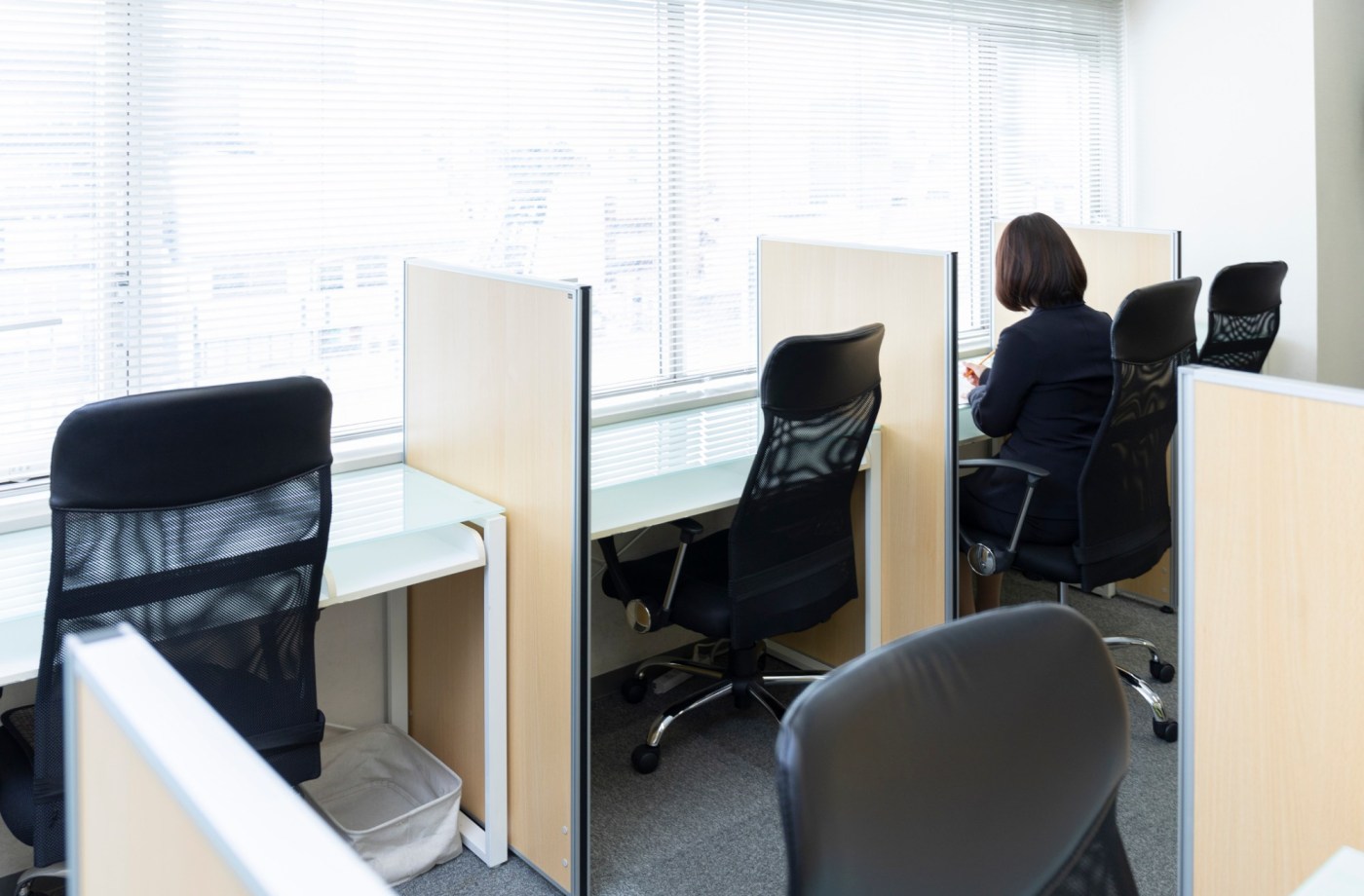Commercial real estate in Southern California has always reflected the ebbs and flows of business confidence.
Today, across industrial buildings, office suites, and everything in between, we are in the middle of what I call “The Great Space Recalibration.” Companies are rethinking how much space they need, what kind of space they want, and how to make their real estate align with a changed economic landscape.
Industrial: For the past decade, industrial tenants in the Inland Empire and Orange County raced to secure more square footage. E-commerce boomed, imports through the ports surged, and vacancy rates fell to record lows. But the story has shifted.
Instead of expanding, many manufacturers and distributors are now optimizing. Automation, robotics, and better inventory management allow them to do more with less. A tenant that once needed 200,000 square feet may be comfortable in 150,000 if it’s more efficient space. Landlords, who grew accustomed to quick leases and rising rents, are now negotiating harder and offering concessions that were unthinkable just two years ago.
Office: The office market has undergone an even more dramatic recalibration. Remote and hybrid work are here to stay, and companies continue to evaluate their footprints. In Orange County, for example, tenants are renewing—but often for less space. A law firm that once leased three full floors may decide two is sufficient, with one floor redesigned into collaborative areas and hot-desking stations. Hot-desking is a work office organization system where each space is available for any worker, rather than reserved for a specific worker.
This trend isn’t simply about cost savings. It reflects a cultural shift. Offices are no longer just places to house employees, but tools to attract talent and foster collaboration. The most in-demand spaces are those that are flexible, amenity-rich, and located in environments where employees actually want to come to.
Retail: Retail has been recalibrating for years. E-commerce forced many stores to shrink their footprints and focus on experiential elements that can’t be replicated online. The winners are not necessarily the ones with the largest boxes, but the ones who integrate online and in-person sales seamlessly. Think of a 5,000-square-foot store doubling as a distribution hub, pickup center, and brand experience all at once.
Why this matters
The Great Space Recalibration has implications for everyone involved in commercial real estate:
—Occupants must carefully assess their true needs. More space is not always better if it is underutilized or expensive to operate.
—Owners must adapt to slower leasing cycles, more tenant scrutiny, and a greater demand for flexibility.
—Investors must look beyond raw square footage and ask: how usable, adaptable, and future-proof is this space?
Looking ahead
If the past decade was defined by expansion, the next may be defined by efficiency. Companies are not retreating from real estate—they are right-sizing. They are using space as a strategic tool rather than just an overhead expense.
In Southern California, where land is scarce, costs are high, and innovation is constant, this recalibration may ultimately lead to a healthier balance. Tenants will get the space they truly need. Owners will invest in making buildings more flexible, sustainable, and tech-enabled. And communities will benefit from properties that serve the market more intelligently.
The Great Space Recalibration is not a crisis. It’s an adjustment. And like all adjustments in real estate, it will reward those who recognize the shift early and adapt accordingly.
Allen C. Buchanan is a principal with Lee & Associates Commercial Real Estate Services in Orange. He can be reached at abuchanan@lee-associates.com or 714.564.7104. His website is allencbuchanan.blogspot.com.
